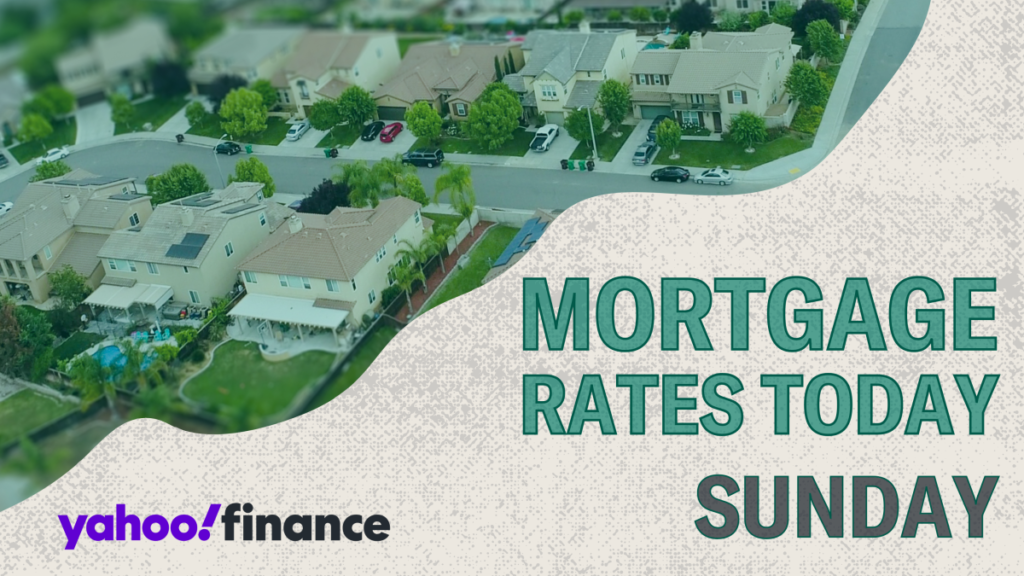Mortgage interest rates have recently shown mixed trends, with some increasing and others decreasing. According to data from Zillow, the national average for a 30-year fixed mortgage has risen by four basis points to 6.67%, marking its highest level since June. This development raises a critical question for potential homebuyers: will mortgage rates decrease enough by 2025 to facilitate a home purchase? The answer remains uncertain. A few months ago, market analysts and economists held optimistic predictions regarding mortgage rates for 2025. However, various influencing factors—including the performance of the 10-year Treasury yield, fewer anticipated cuts from the Federal Reserve, and the potential for a second Trump presidency—have led to more cautious forecasts. Fannie Mae, for instance, estimates the 30-year fixed rate will be 6.60% in the first quarter of 2025 and further decline to 6.20% by the fourth quarter, indicating modest improvements but not the significant drops that buyers might hope for.
Mortgage rates can fluctuate based on a variety of factors, and currently, Zillow reports several rates: the 30-year fixed stands at 6.67%, while the 20-year fixed is at 6.52%, and the 15-year fixed rate has dipped to 6.03%. For adjustable-rate mortgages (ARMs), the 5/1 ARM is currently at 6.71%, and the 7/1 ARM is at 6.60%. For veterans, the 30-year VA loan is at 6.07%, with the 15-year VA at 5.57% and the 5/1 VA ARM at 6.32%. It is important for prospective homebuyers and those considering refinancing to recognize that these figures represent national averages and can vary significantly based on local market conditions. Often, refinance rates can be higher than those for new purchases, though this is not universally applicable.
When considering a mortgage, the primary options available are fixed-rate and adjustable-rate mortgages. The 30-year fixed mortgage is popular due to the lower monthly payments achieved by spreading repayments over a longer duration. In contrast, the 15-year fixed mortgage offers a lower interest rate but results in higher monthly payments. For example, on a $300,000 loan, a 30-year mortgage with a 6.67% rate would entail about $1,930 monthly, resulting in over $394,000 in interest over the loan’s life. Conversely, the same loan under a 15-year term at 6.03% would require around $2,536 per month but would incur a total of only $156,558 in interest. Therefore, the decision between a 15-year and a 30-year mortgage hinges on personal financial circumstances and long-term goals.
Additionally, potential homebuyers should be aware of the implications of fixed and adjustable-rate mortgages. With a fixed-rate mortgage, the interest rate remains constant throughout the life of the loan, providing stability in payments. In contrast, adjustable-rate mortgages offer a lower initial rate that can change after a specified period, based on market conditions. For instance, a 7/1 ARM would lock in the interest rate for the first seven years, after which it would be subject to annual adjustments. This rate volatility could result in higher payments if interest rates rise. Buyers should carefully weigh these options, especially given that fixed rates have recently started to be lower than their adjustable counterparts. Consulting with lenders for tailored advice is advisable.
To secure the best mortgage rates, buyers should focus on improving their financial profiles. Lenders typically offer the most favorable rates to those with high credit scores, substantial down payments, and low debt-to-income (DTI) ratios. To decrease borrowing costs, prospective homebuyers might consider actions such as saving more, enhancing their credit score, or reducing existing debt. Strategies aimed solely at waiting for rate drops could lead to missed opportunities, so individuals eager to purchase a home are encouraged to prioritize their individual finances and readiness.
Lastly, securing a mortgage requires careful consideration of multiple lenders. It is typically beneficial to seek preapproval from several lending institutions within a short time frame to minimize the impact on one’s credit score and facilitate accurate comparisons. In evaluating lenders, individuals should not merely focus on interest rates; the annual percentage rate (APR) is critically important as it encompasses interest rates as well as fees and costs of borrowing. This figure provides a more comprehensive picture of the total cost of a mortgage, making it a key metric in the decision-making process. Ultimately, while the national averages for mortgage rates are useful, prospective homeowners should also account for localized market conditions which can lead to variations in the rates they might be offered.

